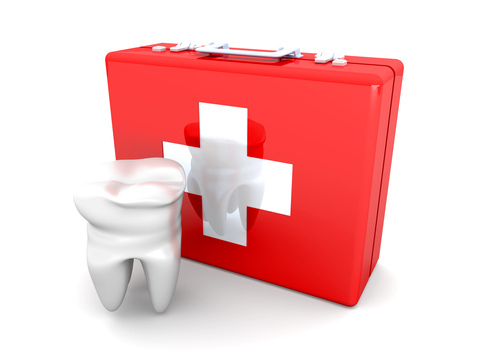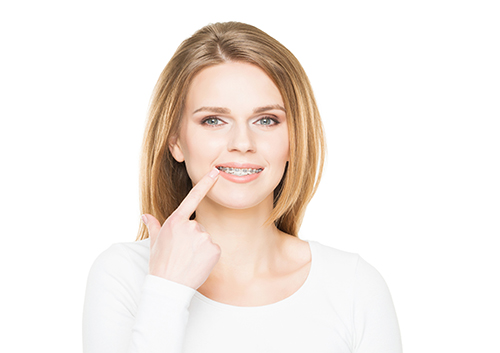December 25th, 2024

After you complete your orthodontic treatment at our Redlands, CA office and have your Damon Smile braces removed, you will most likely be given a retainer to wear by Dr. Byron Diehl. Retainers will help protect all of the time and money that you’ve invested into your newly aligned teeth, by keeping them in place for many years to come. You will have the self-confidence to smile proudly and know that you have had the best possible treatment.
Permanent Retainers
Many orthodontists prefer to place a permanent bonded retainer behind your front teeth, either on the top or bottom or sometimes both. These are preferred due to the fact that they can be placed on your teeth and forgot about. There is no need to keep track of it, or worry about losing or cleaning it. They are the simplest to deal with long term, and they last can last for many years.
Removable Retainers
Many people do prefer removable retainers but there is a bit more maintenance that you need to be aware of if you choose to go this route.
- You must remove your retainer while you eat and drink.
- You must remember to wear as your orthodontist advised; most patients wear them all night.
- Remove when brushing your teeth and also brush the retainer.
- Retainers can break, so be careful with them.
In order to know what is the best method of caring for your smile after your Damon Smile braces are removed you should speak to Dr. Byron Diehl. You definitely want to protect your investment and smile!
December 18th, 2024

At Diehl Orthodontics, we know orthodontic emergencies are neither convenient nor timely. If you are a patient of record, Dr. Byron Diehl and our team are more than willing to see you after hours or over the weekend. As a general rule, you should call our Redlands, CA office when you experience severe pain or when you have a painful appliance problem that you can’t take care of yourself. We’ll be able to schedule an appointment to resolve the problem. If you have an orthodontic emergency after regular office hours, please give us a call and follow the emergency prompts to contact one of our doctors.
December 11th, 2024

We know that being a teen is hard, and we know that adding braces to the mix can often elicit a less-than-enthusiastic response. Luckily, teens can now have straighter teeth without the hassle, discomfort, and embarrassment of metal braces!
Dr. Byron Diehl proudly offer Invisalign Teen clear aligners to our adolescent patients.
One of the main benefits of Invisalign Teen aligners is that they are virtually invisible. They are also removable, which means teen patients are free to eat anything they choose. The aligners are also easily replaceable, should they ever get lost! The best part? They make it easy to keep up with a healthy brushing and flossing routine.
The aligners are made from a lightweight, plastic material that fits precisely on the teeth. Invisalign Teen treatment has become a popular treatment here at Redlands, CA because it helps our younger patients achieve a straight, beautiful smile without undergoing the dreaded metal-mouth.
For more information on Invisalign Teen clear aligners, please feel free to give us a call at our Dr. Byron Diehl office today!
December 4th, 2024

If this is your first winter with braces, you might be wondering how to make the best of the holiday season. Dr. Byron Diehl and our team have some suggestions for happy and healthy holiday smiles.
Treat Yourself
Winter means tasty holiday treats, and just because you wear braces doesn’t mean you need to step away from the holiday table! You can enjoy your favorites if you remember to check your list for the usual problem foods. Hard, crunchy, chewy, and sticky items? Naughty list.
- Crunchy vegetables on the appetizer plate
- Nuts
- Hard rolls
- Candy canes and other hard sugar treats
- Caramels, Toffee and other sticky candies
- Pecan pie
- Fruit cake
Luckily, there are plenty of nice alternatives.
- Turkey and ham—remember, small pieces are best
- Dressing and stuffing
- Mashed potatoes
- Soft breads and rolls
- Pumpkin pie—but skip a tough crust!
- Cheesecake
- Soft cookies and cakes
- Soft chocolates
We’re happy to provide recommendations for braces-friendly holiday foods. And we don’t expect you to turn down every sweet treat this season. Just be sure that if you enjoy something sugary, brush carefully after indulging.
Express Yourself
While you’re decking the halls, or pinning up the New Year’s balloons and streamers, or even choosing a great holiday outfit, don't forget that your ligatures can be decorative as well as functional.
- Celebrating Christmas? Red and green bands around your brackets are jolly and traditional.
- How about Hanukkah? Try blue and white!
- Love the season? Icy silvers and pale blues are a frosty statement—and can have the benefit of making your teeth look whiter, as well. Snowy white? The arctic idea is great, but white bands can sometimes make teeth look more yellow, or become stained themselves.
- Glam New Year? Gold adds sparkle to your smile, but can bring out any yellow tones in your teeth. Silver might be the perfect choice, because it is generally neutral with enamel shades.
Check out our ligature colors for the best possible choices for your teeth and coloring. Take advantage of these options to create a fresh, confident look for the season. Give others the gift of your smile!
Look After Yourself
Winter comes with some special reminders about your dental health.
- Winter sports are a great way to celebrate the snow and ice, but be sure to protect your teeth and braces. If you enjoy skiing, snowboarding, ice skating, hockey, or any other winter activities, talk to us about why a mouth guard is so important.
- While you enjoy your winter break, don’t forget to keep up with your dental routine. And because ‘tis the season for holiday treats, be especially careful to clean your teeth and braces after sweet desserts and snacks. Don’t forget to floss!
- What do cold breezes and hot chocolate have in common? They can both trigger tooth sensitivity! While some sensitivity is normal after an adjustment, if you find you are experiencing tooth sensitivity more often or more strongly than you usually do, give us a call. It might be something as simple as brushing habits, or you might need to see your dentist.
If you have any questions about your braces, in this season or any other, just ask when you visit our Redlands, CA office. Your beautiful, healthy, and confident smile can make this the most wonderful time of the year!





 Website Powered by Sesame 24-7™
Website Powered by Sesame 24-7™